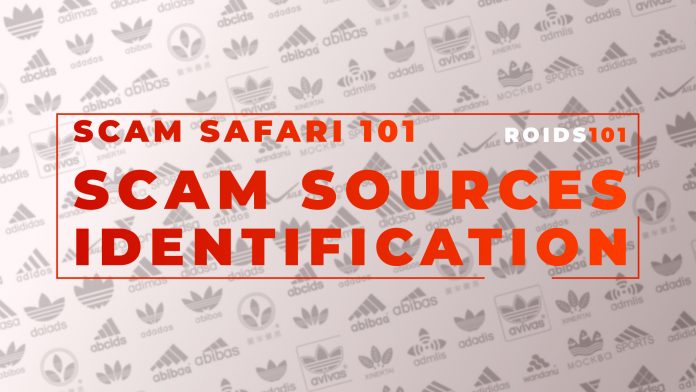Sometimes you just look at a steroid source’s website and think: something fucky is going on here. And sometimes, it’s vice versa: something fucky IS going on, but the site masquerades so well that you don’t have a clue.
In the previous part of the guide — Part I — we’ve looked into a typical parasite scammer. In Part II of the steroids scammers guide, we’ve identified 5 more types and have given you over a dozen tools to use to unmask them.
Now, let’s go deeper: this is your full-on technical guide on identifying scam websites that claim to sell steroids.
Introduction
This whole guide is based on a few assumptions that come from years of observations and some insider info:
- Making a good website is fucking expensive;
- Most scammers don’t bother even trying;
- And this shit works just fine.
That’s the reality: you don’t need much to trick some senior dude who’s just heard of TRT and now looks for the magical potion of Testosterone to “feel young again”. Some people are simply technically illiterate.
Well, even if you are now, we don’t judge. Most likely, you’ve had more fun things to care about. What matters is that you’re not going to be so in a few minutes.
The Toolbox
Of course, to start, you’ve got to be armed properly and make use of some tools. Here they are, one by one:
- WHOIS;
- SSL Certificates;
- Website layout;
- Contact info analysis;
- Security scanners;
- Reviews research;
- The Internet Archive (wayback machine).
These 7 things to use or to look at closely can serve as the barrier between your money and some dude from a call center in Bangalore who sees you as an easy prey.
The Goals
To use these tools, you need to know what’s the optimal result of it, right? The result we’re looking here is a few simple yes or no questions:
- Do they lie?
- Did they care?
- Did anyone report them before?
Just three of these. It just comes naturally:
- If they lie about something, they’re quite likely to lie about other things too. For example, lie that they’ll deliver anything at all;
- If they don’t care, they’re not serious about it. And you don;t need to deal with people who just don’t care;
- And if they were caught red-handed before, then you know better than dealing with some proving malicious jerks.
Simple as that. Now, to the practical part. Here’s the introduction to your toolbox and weaponry, one instrument at a time. We’ll keep it simple.
Step 1: WHOIS lookup

You can say anything on the Internet. None of it can be true. So when you look at some potential steroid source website and feel that something smells fishier than a protein shake left out in the sun, there’s a way to expose them.
WHOIS helps by revealing the real age of a domain, no matter how hard the site tries to deceive you.
The link is here: https://who.is/
There’s a ton of alternatives though, all doing the same thing:
And so on. Just Google “Whois lookup” and you’ll get an army of them.
How to Use
Simple stuff:
- Copy the site’s URL;
- Paste it in the search field;
- Look at all the info you get.
Most likely, their name is hidden by the domain registrant. The country may look weird as well. Some guys in the niche prefer to register as if they were in Eastern Europe, some Middle of Nowhere island, and so on, for privacy reasons. And this is not where you look.
You need age, because this is the only thing you can’t easily fake or hide with a domain.
Here’s how it looks for us:
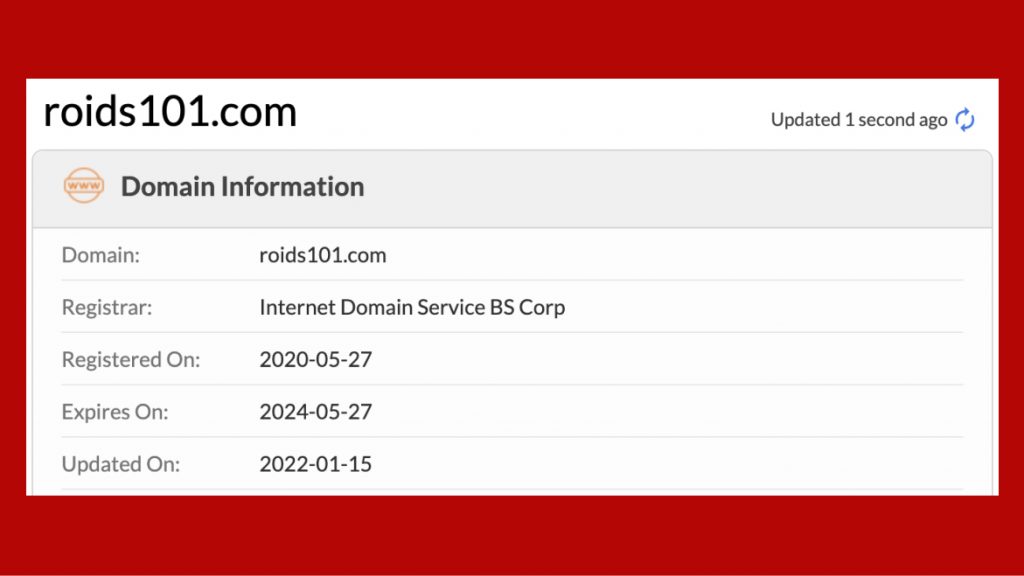
Use Scenario
A website pops up like a jack-in-the-box, claiming to have a decade of experience in the game. You go to WHOIS and find out they were registered last week. Boom! That’s a red flag waving right in your face.
WHOIS doesn’t play games: it indefinitely uncovers the registration date of a domain, showing you whether that website has truly stood the test of time or if it’s just a newborn in the vast cyberspace.
It’s like catching someone in a lie during a live stream—it’s undeniable evidence that exposes their true intentions.
Step 2: SSL Certification
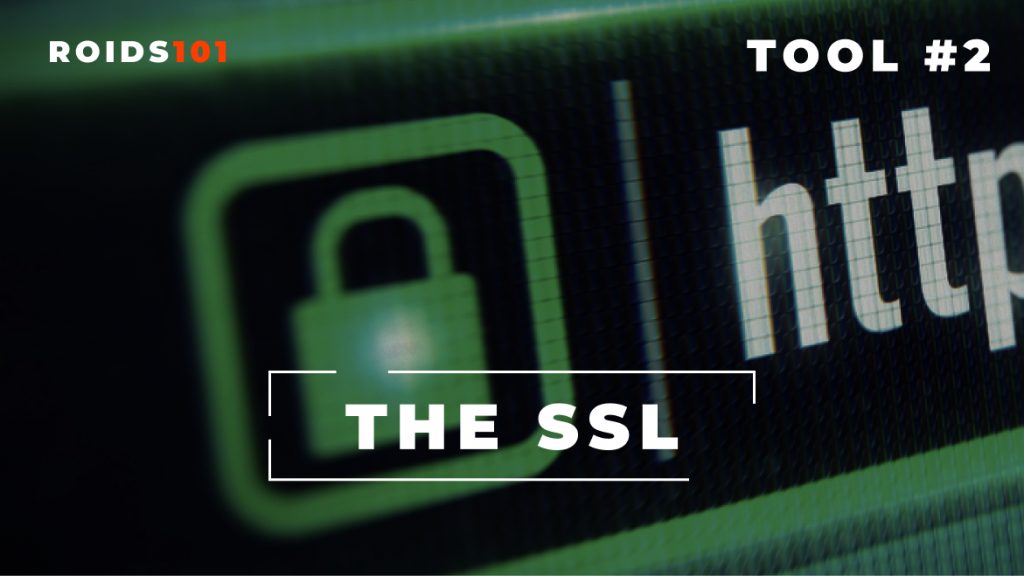
When it comes to protecting your sensitive information, like your credit card details or your favorite cheat meal recipes, having a valid SSL certificate is like having a bouncer at the door of a sketchy nightclub: essential for your safety and peace of mind.
Now, you might be wondering, “What the heck is an SSL certificate?” SSL stands for Secure Sockets Layer, and it’s like a digital bodyguard that ensures the communication between your device and the website’s server. It’s all about encryption, and it’s a worldwide standard at this point.
How to Use
So, how do you check if a website has a valid SSL certificate? Easy: your browser does it for you.
Just look for that little padlock icon in the address bar of your browser. When you see that shiny padlock, it means the website has implemented SSL and is committed to safeguarding your information.
Beware of the scam shops that try to fool you with fake padlocks: click on it and inspect the certificate details. A valid SSL certificate will have the website’s information, the issuer’s name, and an expiration date. Most importantly, it will either say “Connection is secure” or it will scream “You’re about to get ripped off, mate”.
Here’s what it looks like for Roids101:
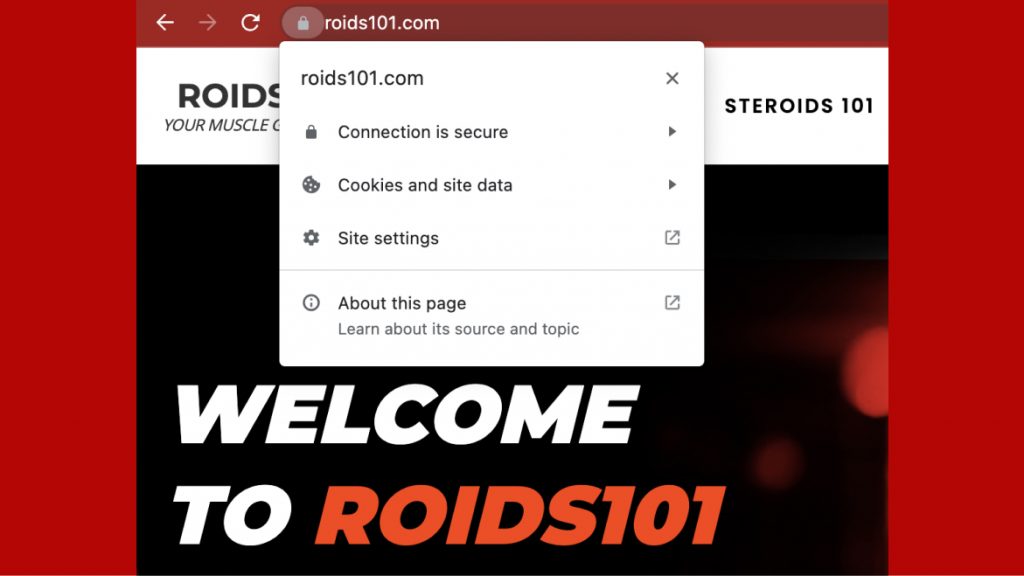
Use Scenario
Not much to say here: it’s just either there, legit and authentic, or it’s a bad place you’re trying to enter. Luckily, Google Chrome knows better and will warn you about a hundred times about these things. Just pay attention to it.
Step 3: Design and Layout

Here are some practical details and guidance to help you navigate the treacherous waters of website design:
Overall Aesthetic Appeal
Take a good look at the website’s appearance. Does it exude a sense of professionalism and trustworthiness, or does it look like an iFunny meme from 2013? Legitimate businesses usually invest time and effort into creating a visually appealing website that reflects their credibility;
User Experience (UX)
Pay attention to how the website functions. Is it user-friendly, intuitive, and easy to navigate? A well-designed website will guide you effortlessly through its pages, while a scam shop might leave you feeling lost and frustrated;
Attention to Detail
Scrutinize the small things. Are there spelling errors, grammar mistakes, or inconsistencies on the website? Legitimate sources strive for perfection and ensure their content is polished, while scam shops might have sloppy craftsmanship.
Quality of Product Images
Look closely at the product images. Do they appear professional, high-resolution, and consistent? Actual sources often invest in quality visuals to showcase their products, while scammers might use low-quality or stolen images that are as fake as Mike O’Hearn’s natty claims.
How to Use
Just trust your instincts and use these guidelines to separate the genuine steroid sources from the scam pretenders.
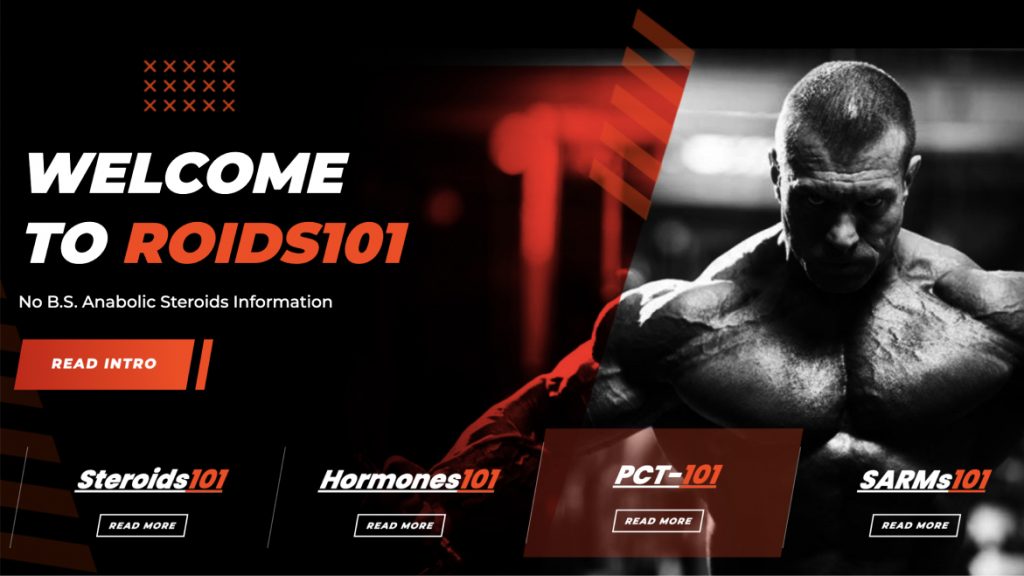
Step 4: Reviews Hunt
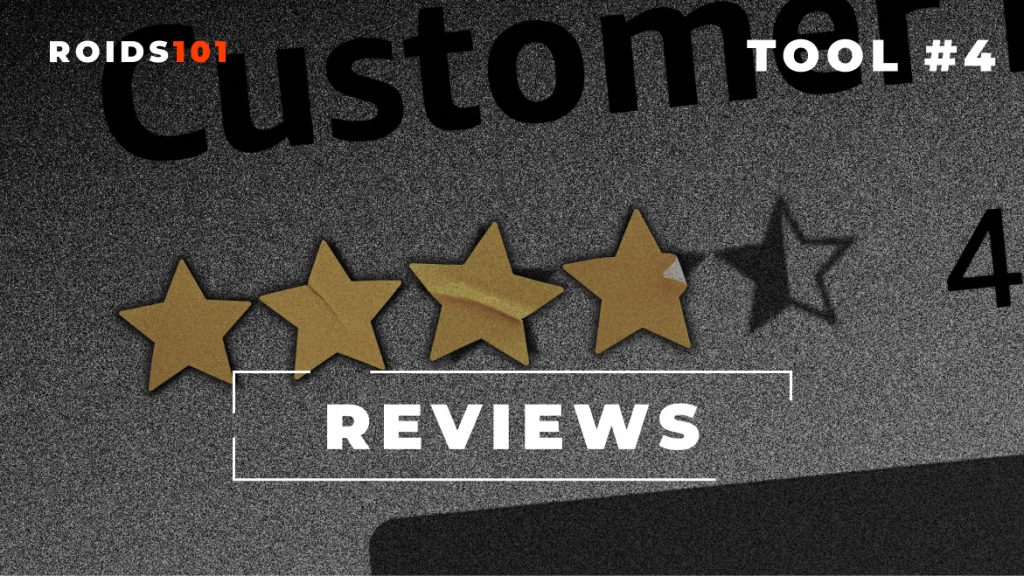
The experiences and opinions shared by fellow steroid users can be a goldmine of information.
How to Use
Just go to Google and enter the name of the steroid shop you’re investigating. Look for forum threads, discussions, or blog posts where users have shared their experiences. See what others have to say. Be cautious of suspiciously positive reviews or overly negative ones, as they could be fake or biased.
Some really good places that the steroid community tends to trust:
- eroids.com;
- musclegurus.to;
- steroidwiki.com (we’re working on being authorized with these guys too).
Forums like Northernlifters, Canadian Brawn, MesoRX, Evolutionary, work just as fine.
Stay Cautious: when a source has too many positive reviews from a dozen of day-old accounts that look the same, there’s a pretty good chance they’re trying to manipulate it.
Other Things to Check or Not
Online reviews are a powerful tool, but not all reviews are created equal:
- Go to the website’s social media presence and scan through their posts, comments, and direct messages to gauge the overall sentiment. Look for interactions with customers, both positive and negative;
- Don’t bother with third-party review websites outside the community: Trustpilot, Google Reviews, all cost a few bucks to get a 5-star rating.
Stay critical, trust reliable sources, and look for patterns rather than basing your judgment on a single review.
Step 5: The Wayback Machine

Wayback Machine is a tool provided by the Internet Archive that allows you to travel back in time and explore the historical snapshots of websites.
Here’s how you can make the most of the Wayback Machine like a digital archaeologist:
Website Changes
Use the Wayback Machine to track the evolution of the website over time. Look for significant changes in design, layout, or branding.
Pay attention to sudden shifts or rebranding efforts, as scam steroid shops often try to mask their dubious past by reinventing themselves like a chameleon trying to blend in.
Consistency
Check if the website has maintained consistency in its offerings, product range, and business focus. Watch out for a website that jumps from selling steroids to selling, say, weed or psychedelic mushrooms.
Content and Claims
Examine the website’s content and claims made in the past. Check if they were consistent, accurate, and aligned with the experiences of genuine customers.
If there’s a trail of false promises, exaggerated claims, or misleading information, it’s a clear indication that the website might not have your best interests at heart.
How to Use
Simple stuff, again:
- Go here: https://web.archive.org/;
- Paste the site’s URL in the search bar;
- Click through these little things and look at previous snapshots of the site:
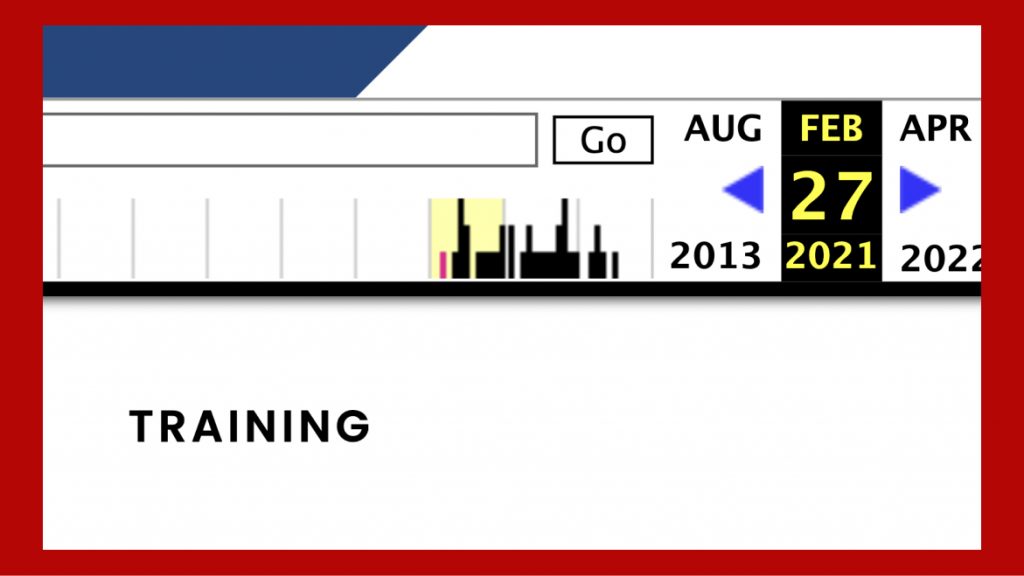
For example, here you can see that our site had no activity before 2020 (when it was registered, duh). Someone tried using it to sell steroids back in 2013, but they’ve dropped it over the years and the domain was available for sale again (so we bought it in 2020).
The Conclusion
With our site as an example, you now know what a decent steroid source looks like when you try to check it. We can’t use other guys as an example, it just doesn’t sound right. In case anything else comes to your mind in terms of checks, drop it in the comments or in our chat: we’ll be happy to expand the guide.
Now, the rule of thumb to avoid losing money is to check BEFORE you buy. If you’re vigilant, on high alert, and have a healthy level of suspicion, you’re never going to get robbed. Now, with a whole toolbox at your disposal, you’re also armed: so we hope you never get scammed.
Stay massive and don’t buy shit: with this, we finish our Scam Safari series.
Part I and Part II are right there, and if you want to join the discussion — welcome to our Chat.
